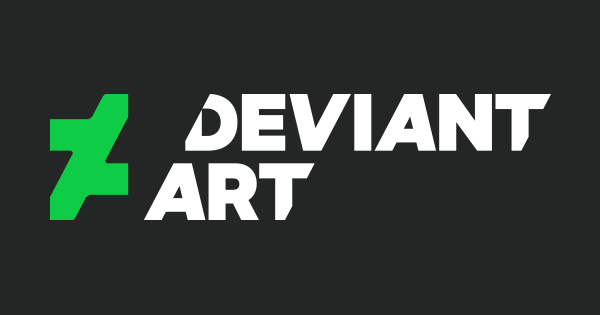LegionOfHell
Active Member
- Joined
- Apr 25, 2021
- Messages
- 151
- Likes
- 11
Software EQ: By software EQ I mean an EQ done by a computer program like Equalizer APO.
Hardware EQ: By hardware EQ I mean an EQ done by a DSP chip in units like Creative X7 or Monolith 124459.
Analog EQ: By analog EQ I mean an EQ done to an analog signal by units like Schiit Loki/Lokius, Subjective 3 and something like this.
Which EQ gives you the best sound ? My experience is that digital EQ can corrupt the sound a little bit...Which one would you recommend for an audiophile ?
Hardware EQ: By hardware EQ I mean an EQ done by a DSP chip in units like Creative X7 or Monolith 124459.
Analog EQ: By analog EQ I mean an EQ done to an analog signal by units like Schiit Loki/Lokius, Subjective 3 and something like this.
Which EQ gives you the best sound ? My experience is that digital EQ can corrupt the sound a little bit...Which one would you recommend for an audiophile ?


